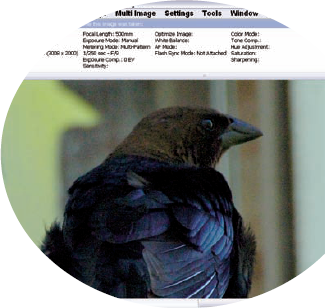Chapter 8. Working with RAW and Other Formats
In This Chapter
Discovering all those formats
Understanding dSLR format options
Choosing the right file format
Using RAW as a digital negative
You can find many bones of contention in the digital SLR world, but the choice of file format is one of the boniest. Some photographers swear by RAW, a misnamed "unprocessed" format (RAW isn't really unprocessed) that supposedly retains all the information the sensor captures (it doesn't). Others scoff at RAW, feeling that the JPEG format is the key to taking pictures most efficiently, with a minimum of after-shot processing required. Old-school photographers might insist that the TIFF format is the only way to go, despite the fact that few digital SLRs even support that format these days.

This chapter removes the mystery surrounding RAW and other formats, and helps you choose which one is right for you in any particular situation. Should you shoot RAW, JPEG, or both at the same time? In this chapter, I explain what you need to know to make that call.
So Many Formats, So Little Time
The proliferation of file formats started with image-editing software. Dozens of different schemes exist for saving image files, and most of the leading image editors are forced to support just about all of them.
Unfortunately, digital cameras brought back the revenge of the format proliferators, and it helps to get the lay of ...
Get Digital SLR Cameras & Photography For Dummies®, 3rd Edition now with the O’Reilly learning platform.
O’Reilly members experience books, live events, courses curated by job role, and more from O’Reilly and nearly 200 top publishers.

